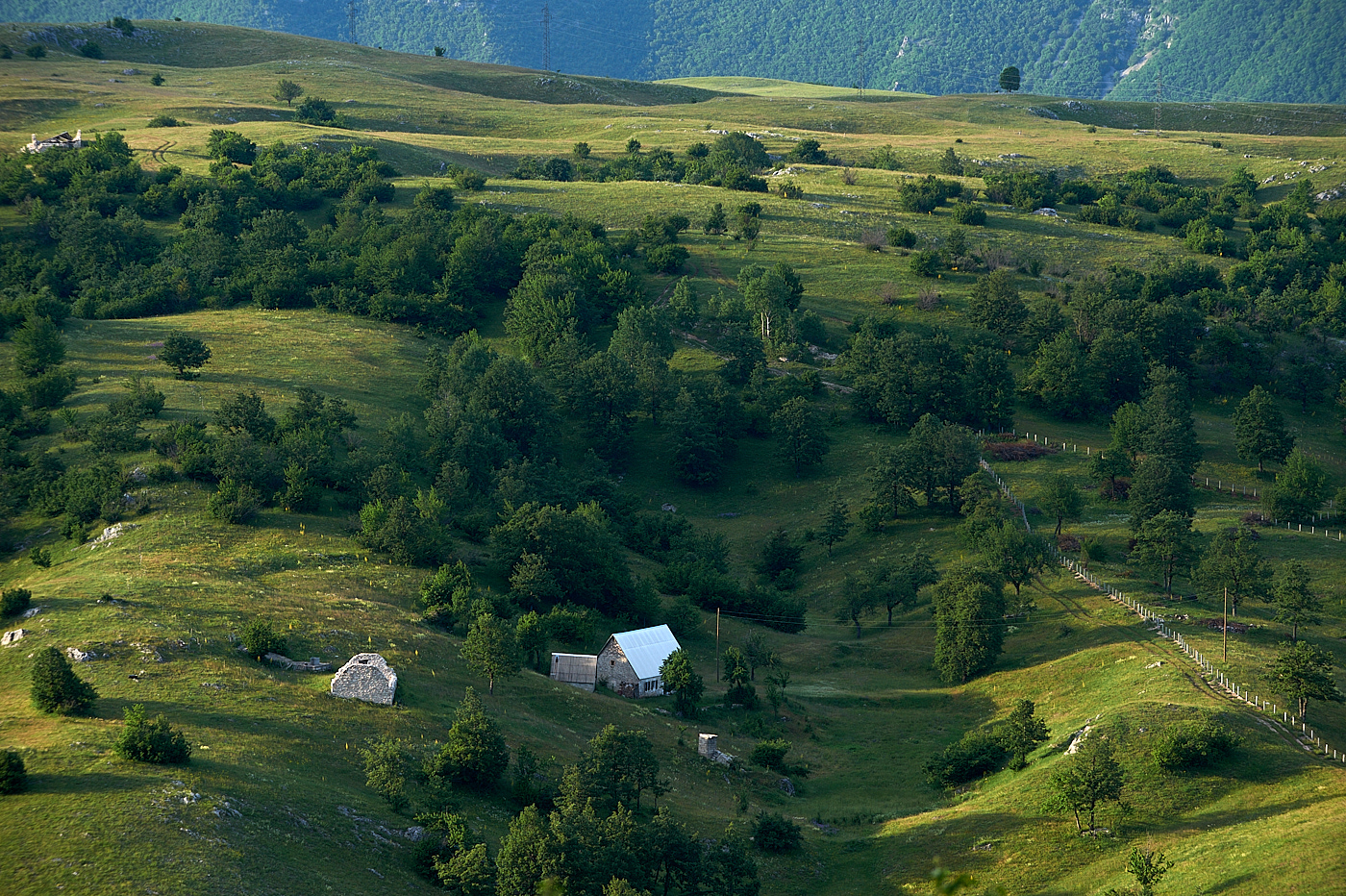On September 26, during the Sarajevo Energy and Climate Week, a session on climate adaptation and renewable energy development in the Drina River Basin was organised by the Ministry of Foreign Trade and Economic Relations of Bosnia and Herzegovina, the United Nations Economic Commission for Europe and Finland.
At his opening statement, Dr. Admir Softić, Assistant Minister for Energy, Ministry of Foreign Trade and Economic Relations in Bosnia and Herzegovina, praised the Drina Nexus Roadmap noting its “vast potential” in promoting regional action and cooperation in carrying out strategic plans in the basin in line with the Green Agenda for the Western Balkans. Dr. Dmitry Maryasin, the Deputy Executive Secretary of UNECΕ further emphasized the importance of the Nexus Roadmap to coordinate multi-sectoral planning in the basin, noted the value of the Water-Energy-Food-Ecosystems Nexus approach and stressed UNECE’s role in the region in the past years.
The Drina River Basin Assessment under the SEE Nexus Project
Watch a short explainer video on the Nexus approach and the Nexus Assessment in the Drina basin. The video has subtitles that can be activated by pressing the icon at the bottom right of the You Tube screen.
The Drina River Basin was one of the three focus areas of the SEE Nexus Project that was implemented in the region from (2017-2022), with the overall aim to introduce the Water-Energy-Food and Ecosystems’ Nexus approach and catalyse action for its adoption and implementation in the Region’s economies at the national and transboundary basin levels. Capitalising on the Nexus dialogue undertaken by UNECE in the Drina River Basin 2014, Phase II of the Drina Nexus Assessment identified the operation of the cascade of dams for hydropower generation as the key Nexus-related issue in the region. As a result the document focused its analysis on two crucial issues for the Basin, namely:
- The development of the electricity sector in the Basin – and in the riparian countries overall – primarily related to renewable energy and hydropower, and
- Agreeing on key aspects of flow regulation in the Basin, considering all water uses and functions, and progress towards formalising some of these aspects.
The cost-benefit analysis of potential policies and investment decisions aimed at supporting renewable energy development in the Drina River based on an open-source model was analysed by Mr. Tassos Krommydas, from GWP-Med who also elaborated on the Drina Nexus Roadmap in his presentation. Stemming from the findings of the Phase II Drina Nexus Assessment, the document is structured around 10 objectives, identifying lines of action and modalities at the institutional, policy and resource management levels that are necessary for effective cross-sectoral coordination.
Developed in cooperation with key representatives from all Riparians representing all sectors, the Drina Nexus Roadmap is the product of cross-sectoral coordination, which is an inherent aspect of the Nexus approach and an essential ingredient for economic, social and environmental benefits in the region.
(c) Dusko Miljanic
